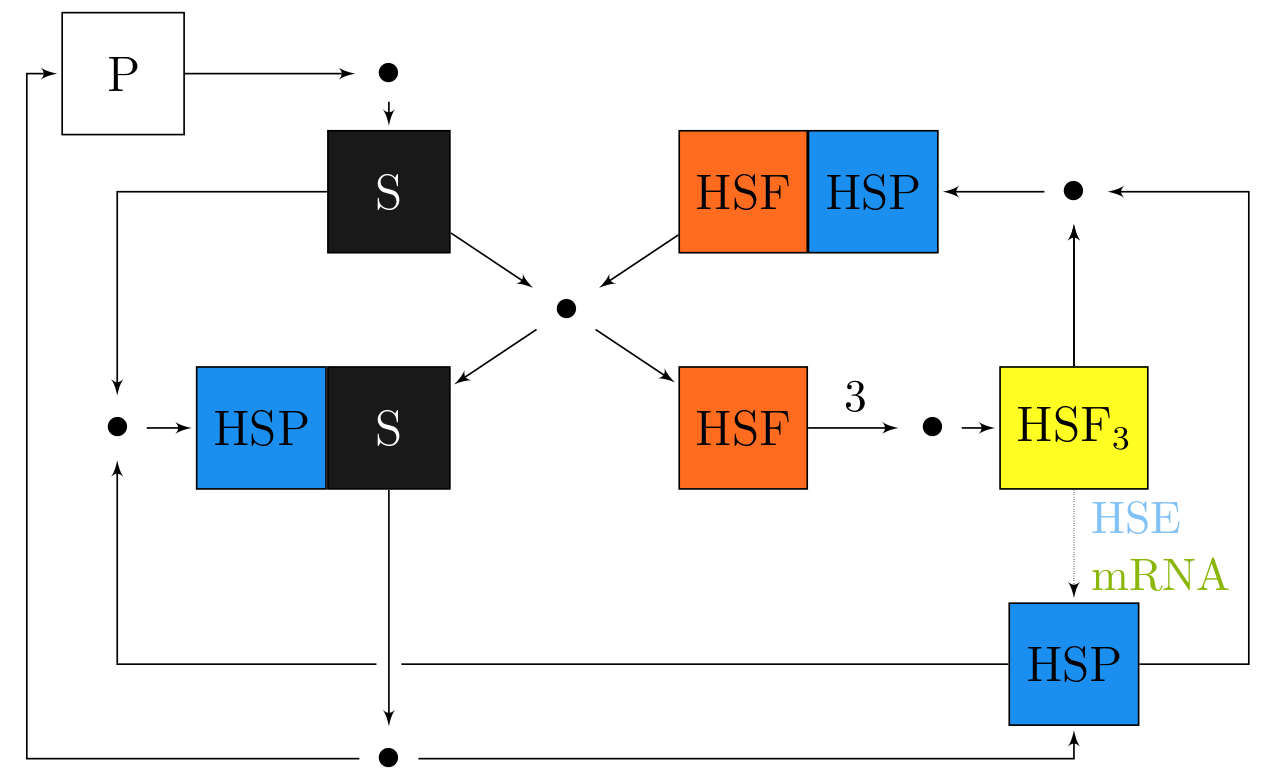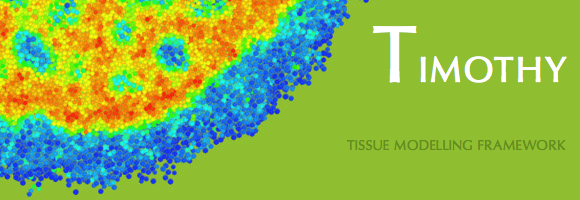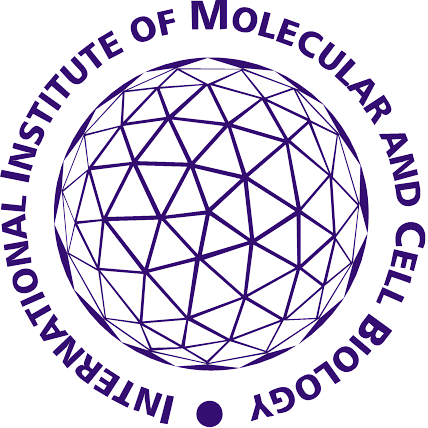|
Heat shock proteins (HSP) are a class of very important proteins involved in many essential processes of a cell. They are inducible by a variety of stress conditions such as heat shock, oxidative stress, fever or inflammation, the presence of alcohol, inhibitors of energy metabolism and heavy metals. It has been shown that most HSP have strong cytoprotective effects. The phenomenon of rapid and selective mRNA (coding HSP) synthesis after heat shock was first discovered in 1962 by Ritossa. We proposed a model of HSP synthesis to explain the well-known experimental fact that in cells subjected to heat shock, one may observe a significant rise in HSP synthesis, whereas in cells subjected to slow heating (but up to the same final temperature as heat shock) such an increase in HSP synthesis is almost not visible. From computational simulation results of our model we conclude that the significant rise in HSP synthesis during heat shock is a result of accumulation of substrate (misfolded proteins), which does not occur when cells are heated slowly. Moreover, our model explains the phenomena of thermotolerance.
Scheme of heat shock response model. We investigated the connection between HSPs and the invasiveness of cancer cells. Inspired by experimental work which points to Hsp90 as a crucial factor influencing cancer invasion and their (at least) partial disagreement with our own experiments, we decided to use mathematical modelling as an additional tool to clarify the actual involvement of Hsp90 in this process. The results of mathematical modelling and computational simulations, supported by preliminary in vitro experiments on cancer cells, led us to formulate a new hypothesis - that the role of Hsp90 in cancer cell invasion is connected with the mediation of cell motility rather than the regulation of MDE activation and secretion. This hypothesis later gained additional experimental support. In the future, detailed studies on the impact of Hsp90 on cell motility should be performed both experimentally and theoretically using methods of mathematical modelling, analysis and simulations. |







